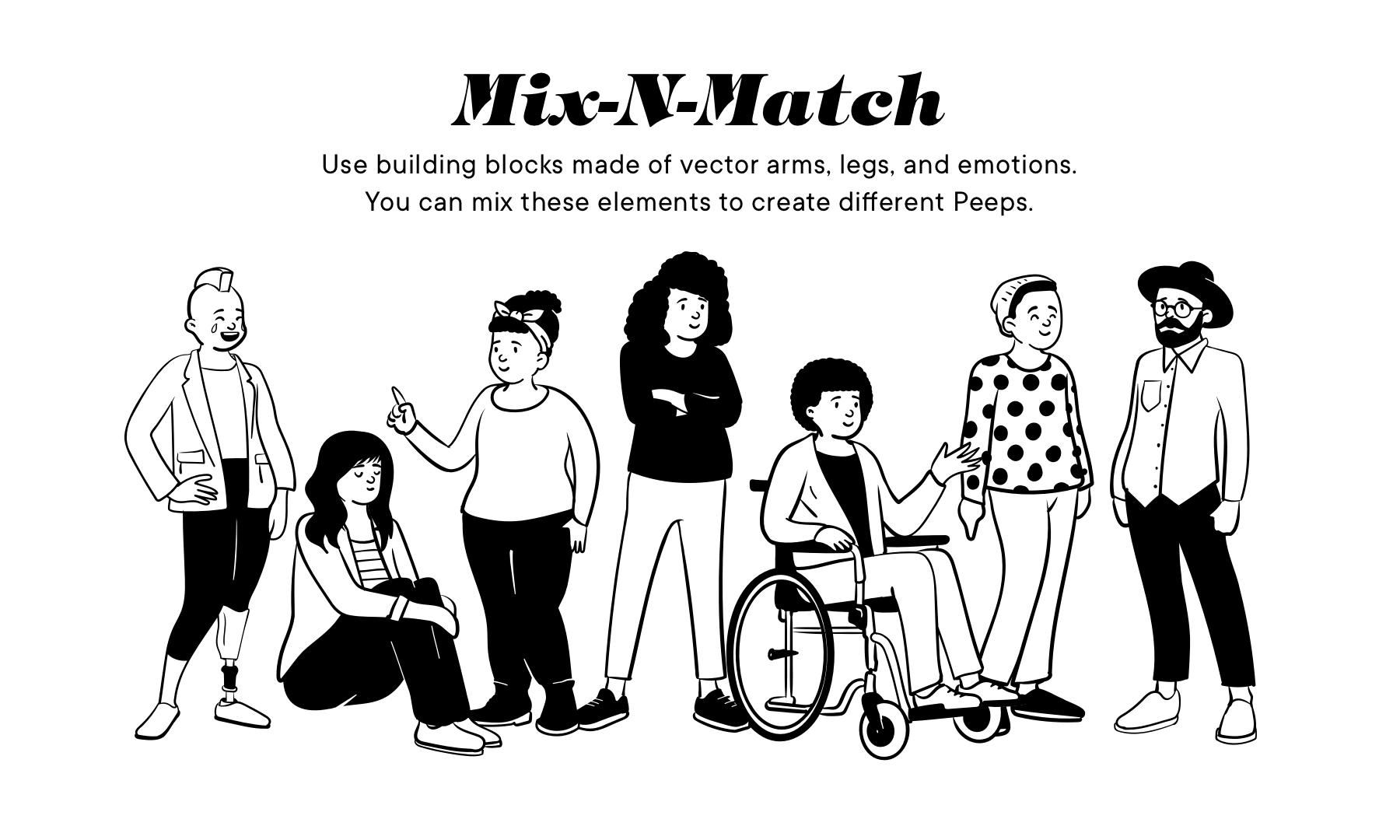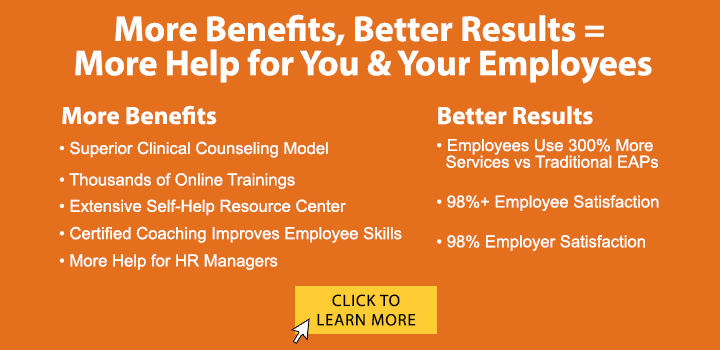This edition of HR News Roundup offers links to articles on benefit trends, the four-day workweek, caregiving, Gen Z, and much more!
Employers double down on benefits in response to talent war
Kathryn Mayer, Human Resource Executive
While 78% of employers are increasing salary budgets, which increased six percentage points from last year, they’re also recognizing the importance of changing benefits to appeal to a diverse workforce. Such perks as fertility benefits/infertility treatment, gene therapy, bariatric surgery, pet insurance, critical illness coverage and gender reassignment surgery are among the benefits that organizations are increasingly turning to, Gallagher’s survey finds, while others are enhancing health plan access. For instance, the survey found that more than two in five organizations (42%) now offer medical coverage to domestic partners and about half as many (24%) extend this benefit to part-time employees.
Benefits report finds employers are being creative & flexible with benefit offerings
Scott Wooldridge, BenefitsPro
Traditional benefits continue to be popular with employees, but there is a growing interest in newer and more personalized benefits, a new benchmarking survey finds.
The study from Benepass, a benefits platform provider, analyzed benefits data from more than 20,000 employees across the U.S., and broke down benefits into two categories: perks — benefits where the value can be taxed — and pre-tax benefits that include traditional health offerings such as health saving accounts (HSAs), and flexible savings accounts (FSAs).
Employer Costs for Employee Compensation Summary
Bureau of Labor Statistics
Employee compensation for civilian workers averaged $41.03 per hour worked in June 2022, US Bureau of Labor Statistics reports. Wage & salary averaged $28.31, 69% of total costs, while benefits were 31% at $12.72.
6 Thought Exercises That Will Help You Reframe Your Thinking
Laura Leavitt, CNET
If you live with anxiety or another mental health disorder, you know how negative thinking can affect your well-being. Sometimes it feels like there’s nothing you can do but have the thoughts, letting them influence everything you do. But that doesn’t have to be the case. Thought exercises can help you see experiences in a new light, and change how much power your negative thoughts have over you.
Four-day workweek: Why more companies are taking the plunge
Erika Page, Laurent Belsie, and Shafi Musaddique, Christian Science Monitor
For many workers, Mondays – or, more typically, Fridays – are morphing into something other than a regular workday. It may be as simple as making it a day of no meetings, which allows employees to catch up on projects they haven’t finished, or as extensive as a companywide move to a 32-hour week. For some companies, the four-day workweek is a new recruiting tool that resonates with a younger generation that prioritizes work-life balance. And just as shifts in thought and economic circumstances accelerated the historic moves from seven days to six days to five days of work, so the pandemic has accelerated the four-day trend.
America’s caregiving crisis and what employers can do
Evan Falchuk, Benefits Pro
Employers have a tremendous opportunity to implement novel programs and policies that not only respond to the caregiver crisis, but also help empower workers to take the best care of their families and themselves.
A 2022 report from the Rosalynn Carter Institute for Caregivers found that employees who are also caregivers represent 22 percent of the U.S. labor force. While many caregivers experience immense amounts of physical, emotional, and mental pressure, they also experience often-overlooked financial hardships. Sixty-two percent of caregivers report being occasionally overwhelmed with financial stress, and according to AARP, family caregivers spend an average of 26 percent of their income on caregiving expenses.
How Can HR Leaders Prepare Their Organizations for an Influx of Gen Z in the Workplace?
Kara Hertzog, HR Daily Advisor
The oldest members of Generation Z are now hitting their early 20s and beginning to make their mark in the world of work. Gen Z is a unique group with a perspective founded on technology and rapid global change. As such, employers cannot treat them like any other generation—even millennials. Gen Z’s characteristics in the workplace are completely unique.
Moreover, Gen Z now makes up more than a quarter of the population. They are the new generation of workers and the leaders of tomorrow. As we speak, they are creating the workplace they want to see. So, how can HR professionals engage Generation Z in the workplace? To attract, retain, and learn from these individuals, you’ll need a custom-made approach based on Generation Z’s work expectations.
A Step-by-Step Guide to Designing Structured Interviews
Justin Ienuso, Criteria Blog
In previous blog articles, we’ve defined what structured interviews are, as well as the biggest benefits of using structured interviews. Now, we’d like to walk through some of the most important steps for designing structured interviews. We’ll discuss every step that should go into your interview creation process, from the pre-interview planning stages, to how to conduct the interview itself, and the best practices for post-interview communications. Whether you’re conducting live in-person interviews or pre-recorded video interviews, these steps will enable you to maximize your success with structured interviewing.
HR News Roundup: Quick Takes
- When disaster hits, what is HR’s role in avoiding ‘confusion and chaos’?
- Inclusive LGBTQ+ Resources for the Workplace from the Human Rights Campaign
- How to Start Over with a Coworker
- A Powerful Short Documentary About Taking the Time to Listen to Someone Who Stutters
- 3 Types of Meetings — and How to Do Each One Well
- Older Workers are Struggling with a New Disability: Long COVID
- Difficult conversations: Common traps to avoid
- Health Panel Recommends Anxiety Screening for All Adults Under 65
- Quiet Quitting: A New Threat to Office Productivity or a Sign of Needed Change?
- Influenza season: Time to get the flu vaccine!
From the Lighter Side …
- All HR people have encountered strange responses to interview questions, but have you ever run into this? (Twitter link)
- Today, a major media theme is that nobody wants to work anymore. This Twitter user turns to newspaper clips over the years to show that nothing is new under the sun: A Brief History of Nobody Wants to Work Anymore
- Looking for low-cost illustrations to use in employee communications, social media, and newsletters? How does “free” sound? Open Peeps is a free-to-use hand drawn illustration library of people that is in the public domain under the CC0 License. This means you can copy, modify, distribute, remix, burn, and use the work, even for commercial purposes, without asking permission.

- It’s not your average workplace, but Wrigley Field Chicago is indeed a workplace, and a historic one at that. This incredible drone footage takes you on an exciting behind-the-scenes tour offering a glimpse of what it must feel like to work there as a player or a supporting staff.


